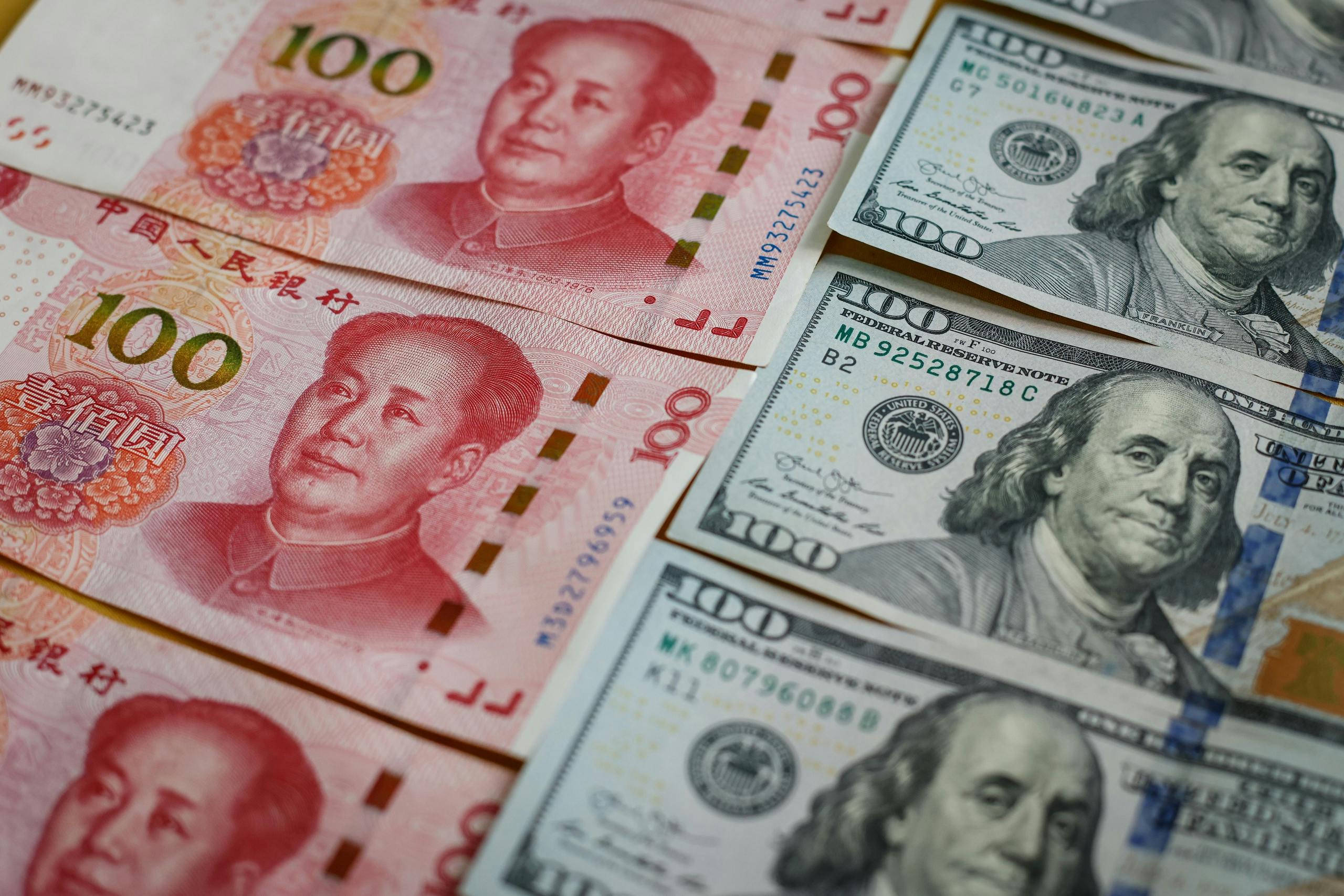
China on collision course with US: Dollar loses yuan
China is increasingly trying to introduce its currency, the yuan, to emerging markets in an effort to undercut the US dollar. The South China Morning Post writes that the yuan’s recent developments in Brazil, South America’s largest country, are proof of this.
China wants trade and investment payments to be made in yuan instead of US dollars. They do this to become less dependent on dollars and avoid being financially constrained by the US.
Also Read | Russian economy ‘sinized’
Brazil, China’s tenth largest trading partner and a major supplier of iron ore and soybeans, has begun accepting trade payments and investment in yuan. The central banks reached an agreement in February and the Yuan Settlement Bank was appointed last week. Also, permission has been given for the same Cross Border Bank Payment SystemSwift is the Chinese version of the international and western payment service.
Brazil adopted the yuan
Analysts expect more countries to use the yuan due to the developments. In particular, they expect the use of the yuan to increase in countries included in the New Silk Road, engaged in energy trade in the Middle East and making cross-border payments in digital currencies.
Also Read | China wants to pursue ‘normal’ monetary policy
At the end of 2022, Brazil held more of its foreign exchange reserves in the Chinese currency (yuan) than in the European currency. It is the second largest currency in reserves after the US dollar. Since the yuan was added to Brazil’s reserves four years ago, the currency’s stock has risen sharply. The US dollar’s share of reserves has declined from 89.93 percent in 2018 to 80.24 percent at the end of 2022.
‘The US dollar’s international status will eventually align with its economic status’
A joint study by Huang Yatong and Zhang Wenlong of China International Capital Corporation, a Chinese investment bank, said the shift away from the dollar indicates a crack in the dollar-dominated international monetary system due to geopolitical developments.
More and more yuan in Russia
The yuan’s popularity isn’t just growing in Brazil. Russia, China’s ninth-largest trading partner, has also bought the yuan in recent times. For example, the amount of yuan in reserves has been increased, and the yuan plays an increasingly important role in Russia’s government finances. Two-thirds of bilateral trade between Russia and China is conducted in yuan or rubles. “The long-term trend is that the US dollar’s international position will eventually align with its economic position,” the two analysts said.
Also Read | China’s currency underperforms the dollar
The yuan currently accounts for 2.19 percent of global payments, 3.5 percent of global foreign exchange transactions, 2.69 percent of central bank reserves and 12.28 percent of the basket of currencies of the International Monetary Fund, a fund with special drawing rights, expected to influence. Long term increase.

“Coffee fanatic. Friendly zombie aficionado. Devoted pop culture practitioner. Evil travel advocate. Typical organizer.”
